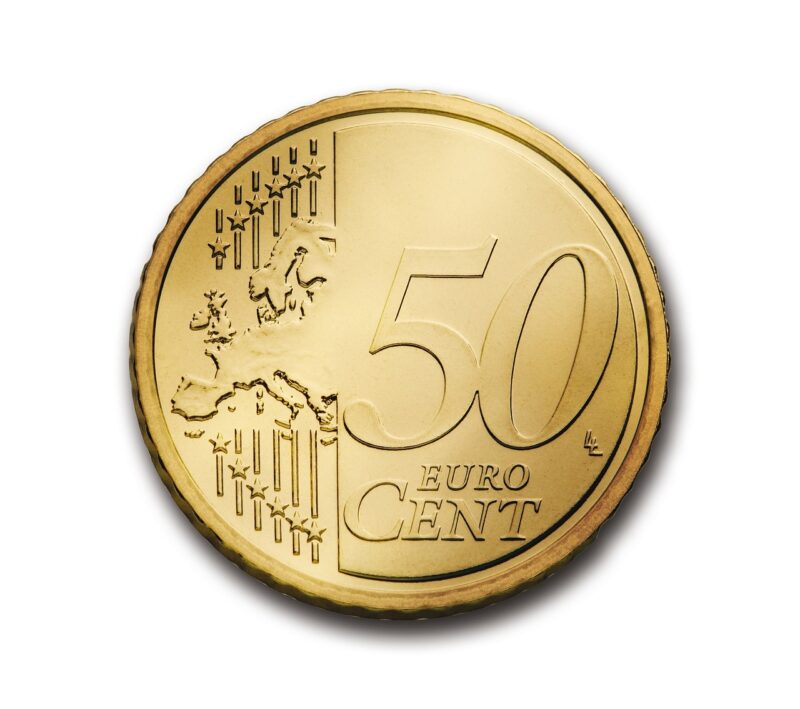
The development of currency is one of the key milestones in human history, allowing societies to move beyond bartering systems into complex economies. The introduction of currency not only facilitated trade but also laid the groundwork for modern economic systems. In this article, we will explore how the first currency systems emerged, their impact on early trade, and the economies they shaped.
—
### 1. The Barter System: Before Currency
Before the advent of currency, the barter system was the primary method of trade. People would exchange goods and services directly—if you had grain and needed shoes, you’d find a shoemaker who had a need for grain. While this system worked at a small scale, it was fraught with limitations:
– **Double Coincidence of Wants:** For a trade to happen, both parties had to want what the other had to offer, making transactions difficult.
– **Storage and Durability Issues:** Many goods were perishable or cumbersome, limiting their usefulness as trade items.
– **Lack of Standardization:** Different communities had various goods, making it hard to determine fair exchanges.
These barriers highlighted the need for a more efficient trading mechanism, prompting societies to find a solution that led to the creation of currency.
—
### 2. The Birth of Money: From Objects to Coins
The earliest forms of currency took the shape of commodity money—objects that had intrinsic value. Examples include salt, shells, and precious metals. As trade expanded, the limitations of commodity money became apparent, leading to the development of more standardized forms of currency:
– **Metal Coins:** Around 600 BCE, the first coins were minted in Lydia (modern-day Turkey). These coins were made of electrum, a natural alloy of gold and silver, and were stamped with symbols to signify authenticity and value.
– **Standardization and Trust:** Coins allowed for an agreed-upon value, making transactions simpler. Each coin had a known weight and metal content, which facilitated trust in trade.
– **Government Regulation:** As states recognized the economic power of currency, they began to regulate minting, defining what constituted legal tender and further bolstering the system.
The introduction of coins revolutionized trade, making it easier, faster, and more reliable.
—
### 3. The Role of Currency in Trade Expansion
The creation of currency brought about significant changes in trade practices and economies worldwide:
– **Facilitated Long-Distance Trade:** With coins in hand, traders could conduct business over much larger distances. This expanded trade routes, connecting distant civilizations.
– **Increased Market Complexity:** Towns evolved into marketplaces where various goods exchanged hands. This complexity allowed for specialization—craftsmen and merchants could exist solely to trade goods and services.
– **Credit and Debt Systems:** With a standard unit of value, merchants began extending credit, enabling buyers to purchase goods with promises of future payment. This led to early banking systems and the concept of debt in economies.
Currency fostered an environment where trade could flourish, exponentially boosting local and regional economies.
—
### 4. The Evolution of Currency Systems and Their Impact on Societies
As economies grew, so too did the methods of currency use. Different societies innovated unique systems:
– **Paper Money:** The Chinese were the first to use paper currency in the 7th century, a development that dramatically changed economic interactions by reducing the need to carry heavy coins.
– **Coins vs. Banknotes:** Various cultures debated the efficiency of coins versus paper money. In Europe, banknotes became commonplace by the 17th century, endorsed by banks promising to convert them back to gold or silver.
– **Digital Currency:** Fast forward to modern times, the advent of technology has birthed digital currencies—cryptocurrencies and online banking have transformed how individuals manage and exchange money.
Each evolution built upon previous systems and addressed the specific needs and challenges of ever-growing economies.
—
### 5. Conclusion: Currency’s Lasting Legacy
The first currency systems were pivotal in shaping early trade and economies. From bartering to coins and eventually to paper and digital forms, currency facilitated not just economic transactions but also cultural exchanges and societal growth. The legacies of these early systems are present in our modern financial transactions today. As we continue to move into increasingly digital economies, understanding the origins of currency reminds us of the journey from basic trade to complex global markets.
With interest in history, economics, and trade learning from early currency systems can provide a lens through which we evaluate current economic practices and anticipate future trends.







